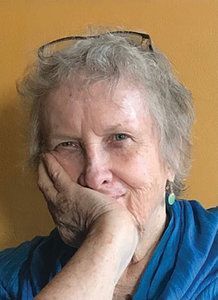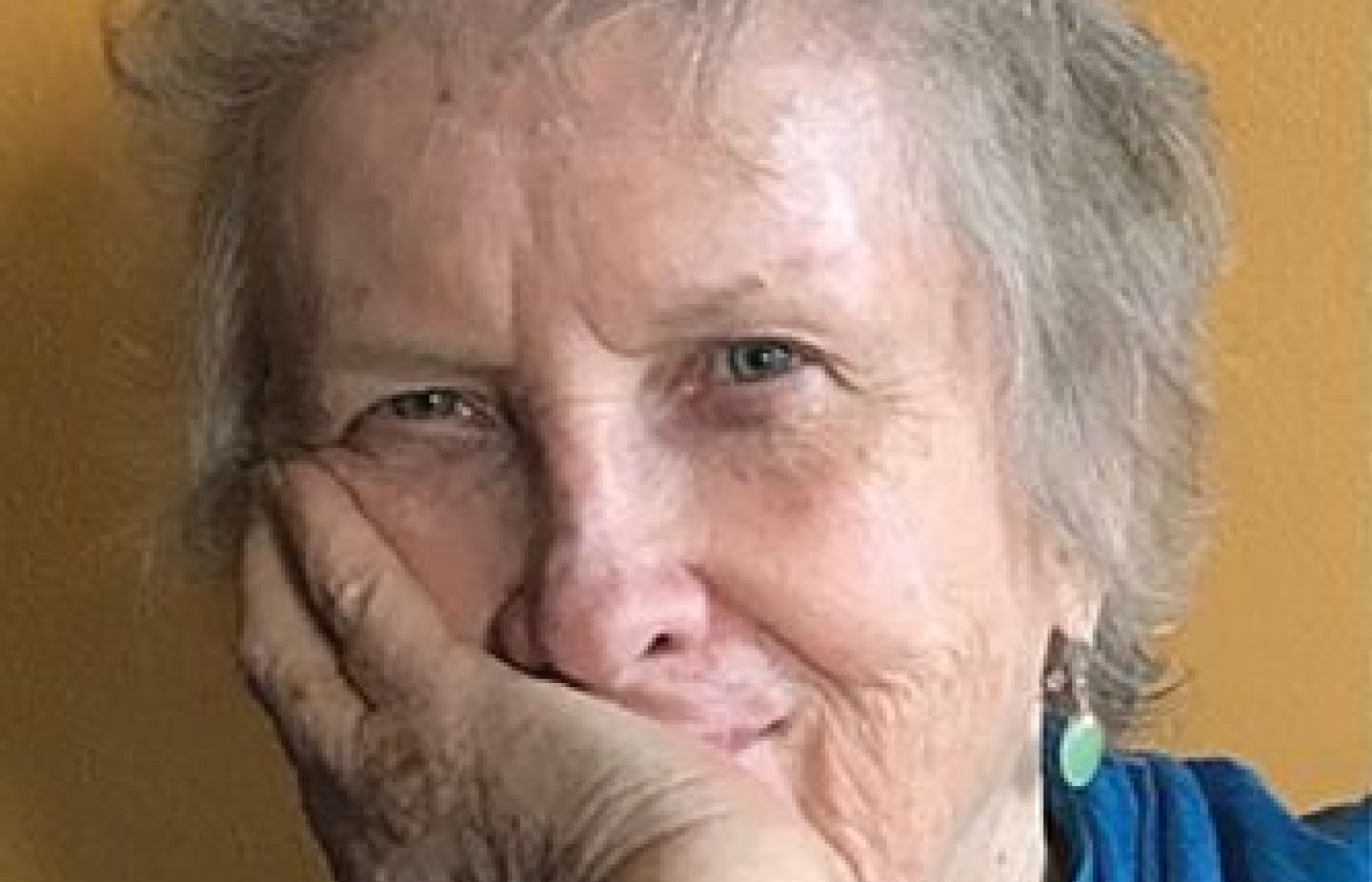People today want convenience, whether it be from their bank, credit card, favorite retail store, or restaurant. They demand it from the companies who hold their loyalty, including their health care providers (you). They don’t want to call and possibly be put on hold, and they want to use an app or schedule an appointment on your website. Here are three reasons your practice can gain by switching to online appointment scheduling.
Asian Bodywork Therapy: Looking Back, Looking Forward
On the occasion of the AOBTA's 30th anniversary, I had a conversation with outgoing AOBTA President Deborah Valentine Smith, BA, LMT (N.Y.), Dipl. ABT (NCCAOM), AOBTA -CI and authorized Jin Shin Do Bodymind Acupressure Teacher, on the state of bodywork therapy and the AOM profession overall.
Debby, you have four decades of experience as a practitioner and teacher of ABT. Reflect a little on ABT growth and how you see the profession evolving. My ABT training evolved out of my work in theater and dance. My late ex-husband was an MD who helped develop the NADA protocol for addiction rehab, and he introduced me to shiatsu school owner Ohashi in NYC. In those days, many folks didn't know the difference between shiatsu and shitzu dogs! I followed my shiatsu training with Jin Shin Do Bodymind Acupressure and became a JSD teacher. Initially, I worked with dancers and actors, who search for effective bodywork.

Over the past decades, I've seen the growth of ABT within integrative medicine. I have taught self-care to many health care professionals who tell me that the integrative view of Chinese medicine has profoundly enriched their practices. Some of them have taken the practitioner training to be able to work on their own clients. Those included a crew of occupational therapists who worked with children with cerebral palsy, dance therapy professors, clinical social workers, psychologists, holistic nurses and drug rehab counselors, acupuncturists and massage therapists.
I have worked with auto-accident survivors because auto-insurance companies discovered that clients got better faster with ABT, and the cost benefits were huge! I taught many self-care courses at the Open Center in NYC and provided JSD training at several massage schools.
What other unusual growth areas have you observed? One of my graduates works within the Amish community in PA, and several of my graduates have worked with professional sports teams, Olympic trainers, musicians, dance and theater companies. And the value of ABT is increasingly recognized within the VA hospital system. One of our AOBTA practitioners, Angela McConnell, who served over 22 years in the U.S. military, created the NOVA Veterans Association, which works with the Department of Defense for comprehensive veteran care.
How about the value of ABT in telehealth during the COVID- era and for long-haul survivors? ABT makes telehealth self-care through Chinese medicine accessible in ways that are not possible with needling. Specific ABT techniques like point work, meridian stretching and qigong exercises can be demonstrated and taught with or without a lot of theory. For example, I teach my clients tendino-muscular stretches. These are as effective as yoga for flexibility, strength and healing injuries.
How have you been able to adapt your teaching during COVID? Distance learning during COVID has made my teaching more accessible to students from all over the U.S. I teach theory online and then arrange a few days in person to teach the hands-on portion. Advanced students can easily absorb the theory and apply it to their techniques. For a raw beginner, techniques are adjusted in the teleclass to give the student an initial experience of energy work through easy self-treatment, which they can practice in preparation for the hands-on sessions.
I love being able to incorporate online resources at the drop of a hat. For instance, a student was curious about the "ghost points" of acupuncture, so within 15 seconds we had a website that listed and explained them. And everyone could see the material up close through screen-share.
You have also crafted a unique 100-hour required A&P class, correct? My Western Body, Eastern Mind course is the only A&P course I know of that teaches the required foundations in Western A&P through a Chinese medicine lens. We study the features of the organ systems, which are presented separately in Western science (respiratory, nervous, integumentary, etc.), under the umbrella of the official, and the related element and associations. The lung official, for instance, includes a study of the respiratory system, the integumentary system and the sense of smell. Muscles and bones are learned as physical landmarks for the meridians and points. The lessons include fill-in charts, coloring, reading, videos, and special projects. I added regular phone sessions to interact with the students.
What are your favorite "aha" clinical moments you share with students? To itemize:
A client who had fertility issues came in one day and said "I had this strange dream last night. There was a child's choo-choo train traveling across my body." And she proceeded to outline the Dai Mai. She had no knowledge of Chinese medicine.
A professional singer playfully vocalized as I was holding SI 14 in his neck with related distal points (SI 4, SI 6, SI 7, SI 19). I could feel the vibration and asked him to try different notes. The most resonant note released the point. That became our method. I would hold a point and he would find the tone to match.
I worked with a client to increase her breathing capacity by holding front and back points and inviting her to push against my hands as she inhaled. She was very sensitive at ST 16; so much so that I couldn't even work off the body in the area. I would work above and below (St 12, 13, St 19, with distals, St 34, 36. 40, 43) After several sessions, she remembered that she had been abused by her father, who would fondle her breasts.
Another client had pain in the intercostals of the chest, so I held the "spirit" kidney points on the chest (Ki 23, "Spirit Seal", Ki 24, "Spirit Burial Mound," Ki 25, "Spirit Storehouse.") The image came to him of a pile of rocks sitting on his chest. Each rock was a grudge. The pain eased with each rock he removed (distal points, K 3, K 6, K 9).
As you have counseled many survivors of sexual abuse and assault, what advice do you give your students? I am very cautious about teaching "symptoms of abuse." Too many clients have wasted time trying to figure out how they were abused because a counselor told them they exhibited "symptoms of abuse." "Treat the client, not the theory," I tell my students.
The memory of trauma is physical / physiological. It's in the body, which is why clients often connect to it when they are getting bodywork. Even conscious memories of abuse may not be identified as such until there is a connection to the kinesthetic part of the experience that has been suppressed. This is why bodywork practitioners should have some basic verbal counseling skills.
Because of my 10-year history as a volunteer crisis intervention counselor and trainer with Bronx Women against Rape, I was hired as a counselor in a program for sexually abused and assaulted teenagers. I taught them the Jin Shin Do basic neck release (GB 20, M-HN 30 Bailao, TW 19, GB 21, SI 10, LI 14) to relieve tension, headaches, etc. It was very powerful for them to associate safety and positive effects with touch.



